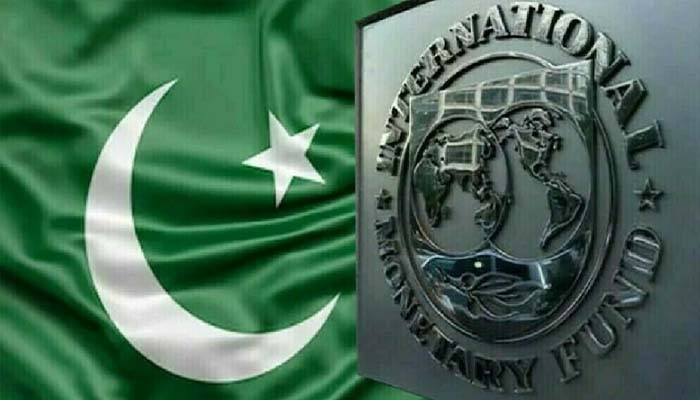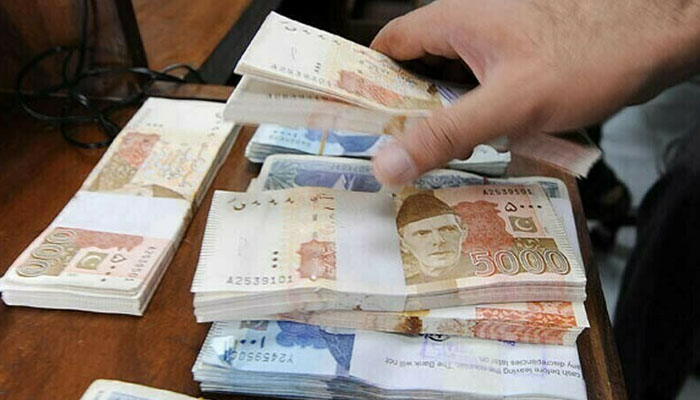TRADE & ECONOMY

The Ministry of Finance on Tuesday defended the country’s debt position, asserting that Pakistan’s debt trajectory is “more sustainable today than suggested by headline rupee figures,” despite government debt rising by nearly Rs9 trillion in just one year.
Citing its focus on debt-to-GDP reduction, early repayments, and lower interest costs, the ministry said sustainability should be judged in relative terms, not absolute numbers, which naturally rise with inflation.
According to State Bank of Pakistan (SBP) data, total government debt climbed from Rs68.91 trillion in June 2024 to Rs77.89tr in June 2025. Domestic debt accounted for the majority of this increase, exceeding the debt servicing allocation of Rs8.2tr for FY26.
Concerns have mounted over the fiscal strain, with analysts warning of bleak options — either diverting scarce resources or piling on further borrowing. A Dawn editorial recently argued that Pakistan’s “debt dynamics continue to paint a difficult fiscal picture.”
However, the ministry highlighted improvements, noting that the debt-to-GDP ratio has declined from 74% in FY22 to 70% in FY25. It further underscored that, for the first time in Pakistan’s history, around Rs2.6tr of debt was prepaid to commercial and central banks before maturity, reducing rollover risks and saving taxpayers “hundreds of billions” in interest costs.
The government also reported a historic primary surplus of 2.4% of GDP (Rs2.7tr) for the second consecutive year, with the fiscal deficit narrowing to Rs7.1tr in FY25 from Rs7.7tr in FY24. The ministry said total debt stock grew by 13% year-on-year — lower than the five-year average of 17%.
Additionally, Pakistan posted a record current account surplus of $2bn in FY25, while liability management and interest rate cuts saved more than Rs850bn compared to budgeted expenses.
The ministry also claimed an improvement in debt maturity profiles, with average time to maturity rising to 4.5 years in FY25 from 4.0 years previously, including a notable increase in domestic debt maturity from 2.7 to 3.8 years.
Part of the external debt rise, it explained, was due to balance of payments support facilities, such as IMF inflows and Saudi oil financing, alongside an Rs800bn valuation effect from exchange rate changes rather than fresh borrowing.
Framing its policy as one of “commitment to macroeconomic stability, reduced risk, and responsible fiscal management,” the ministry insisted that Pakistan’s debt position, while challenging, remains on a more sustainable path than headline figures suggest.




